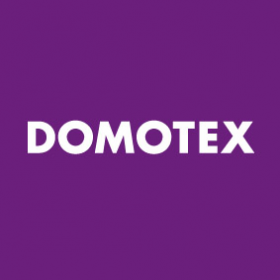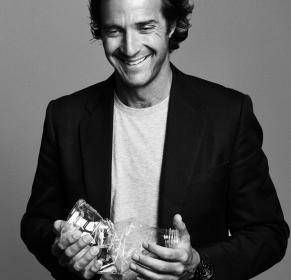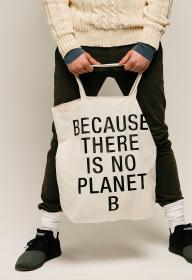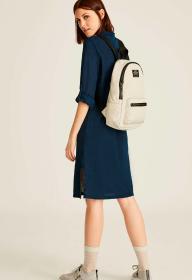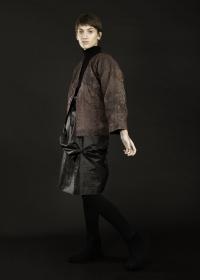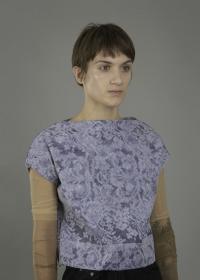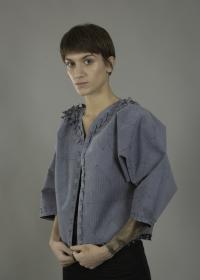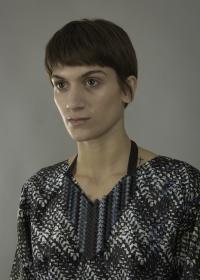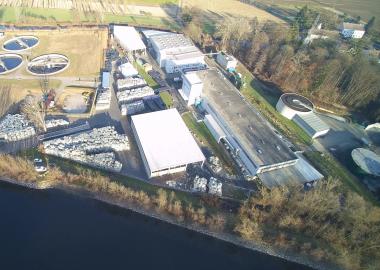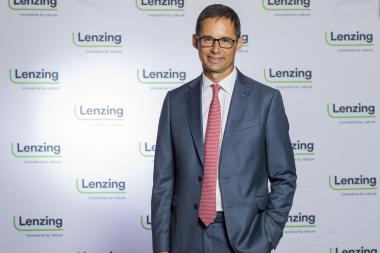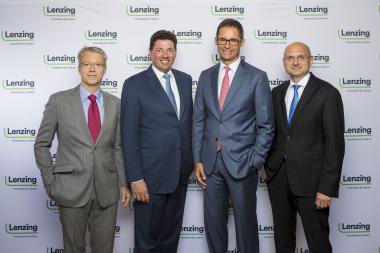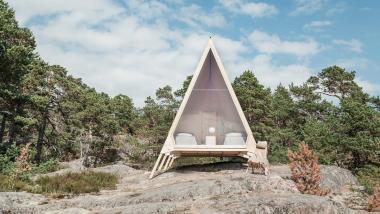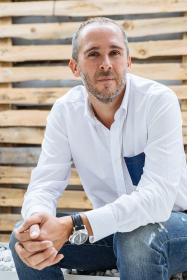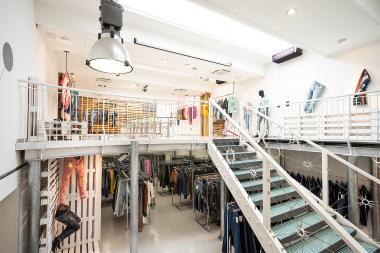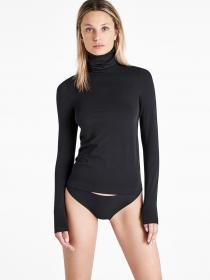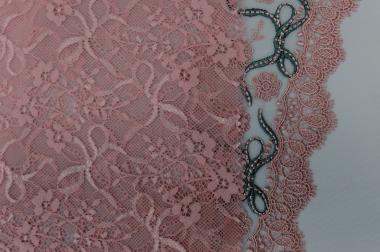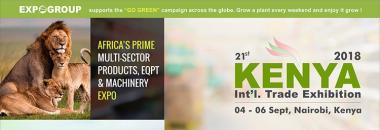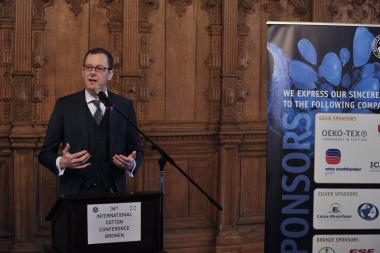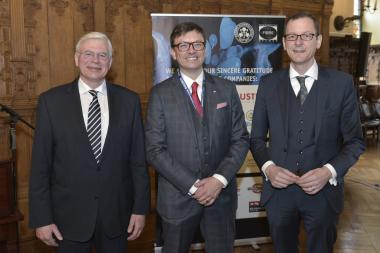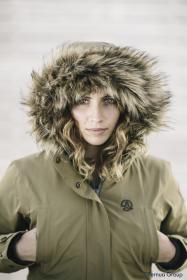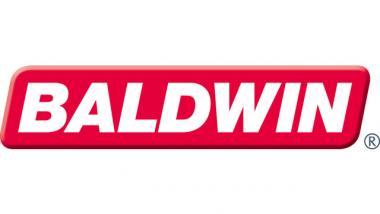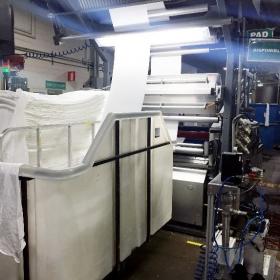ZDHC Foundation Welcomes Broad Chemical Industry Engagement
After an intense dialogue and a series of meetings during the past year between the ZDHC Board of Directors and the GCIRT, an alignment was gained on ZDHC organisational commitments and a mutual understanding of the role of chemical suppliers within the ZDHC Programme. This opens the doors for broader, more active distribution of chemistry expertise and implementation support of textile dye and leather chemical manufacturing industry in the ZDHC Programme.
The Global Chemical Industry Round Table (GCIRT), sent an open letter to ZDHC in May 2018 and is a group of the leading chemical solution providers in the textile and leather industry with the collective aim of driving the industry further to become more sustainable. GCIRT’s signatory’s engagement into the ZDHC Programme will support a faster transformation of the industry by taking complexity out of the supply chain and to find appropriate solutions for the industries’ requirements.
The GCIRT members are: ARCHROMA (Switzerland); CHT Germany GmbH (Germany); Colourtex Industries Private Limited (India); DyStar Singapore Pte Ltd (Singapore); Huntsman Textile Effects (Singapore); KISCO (Korea); Pulcra Chemicals Group (Germany); RUDOLF GmbH (Germany); TANATEX Chemicals B.V. (Netherlands).
ZDHC Foundation





